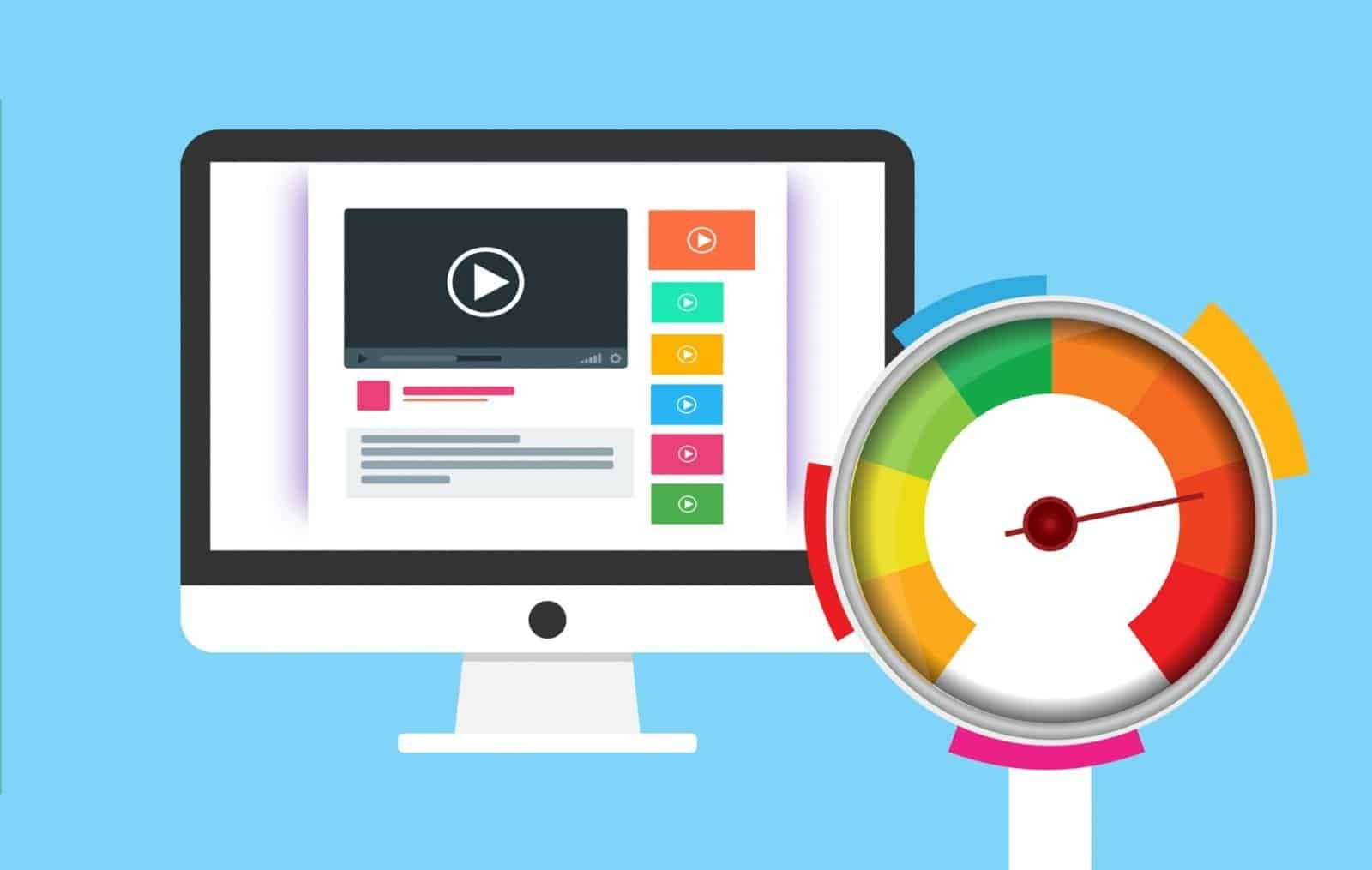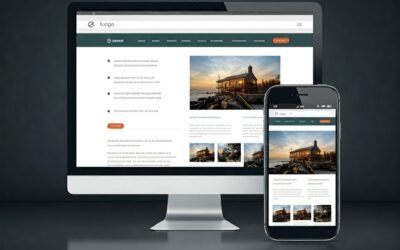Optimise Website Performance and Save Bandwidth with WebP
If you are looking for a way to optimise your website performance and save bandwidth, you might want to consider using the WebP format for your images.
WebP is a modern image format that was developed by Google in 2010 and has been gaining popularity ever since. In this blog post, we will explain what WebP is, what are its advantages and disadvantages, and how to use it on your website.

Introduction
In today’s digital age, having a fast-loading website is crucial for retaining visitors and improving user experience. One of the key factors that affect website performance is the size of images used on the site. Large image files can slow down page load times, leading to higher bounce rates and lower search engine rankings. That’s where WebP comes in.
What is WebP?
WebP is an image format that supports both lossy and lossless compression, as well as transparency and animation. It was specifically designed to provide superior compression and smaller file sizes compared to traditional image formats like JPEG and PNG.
The lossy compression option sacrifices some image quality to achieve a smaller file size, while the lossless compression option preserves the original quality while still reducing the file size.
WebP’s support for transparency allows images to have a transparent background, making it ideal for logos and icons. Additionally, WebP supports animation, enabling images to have multiple frames that create a motion effect, similar to GIFs.
WebP Images: Advantages of using WebP v JPEG v PNG
There are several advantages to using WebP format for your website images:
Improving website performance
WebP’s images are lighter than JPEG and PNG images, which means they can load faster and improve your site’s speed and user experience. Studies have shown that faster-loading websites lead to increased user engagement, longer visit durations, and higher conversion rates. Moreover, website speed is also an important factor in search engine optimisation (SEO), as search engines prioritize fast-loading sites in their rankings.
Saving bandwidth
WebP images use fewer data than JPEG and PNG images, which can save you money on hosting and content delivery network (CDN) costs. By reducing the size of your images, you can minimize the amount of data transferred between your website and users’ devices. This is particularly beneficial for users who have limited data plans or slow internet connections, as it ensures a smoother browsing experience.
Supporting transparency and animation
WebP images can have transparent backgrounds and animated frames, offering additional design possibilities for your website. Transparent images can seamlessly blend into different backgrounds, giving a polished and professional look to your website. Whether it’s a logo with a transparent background or an animated banner, WebP provides the flexibility to create visually appealing content that captures users’ attention.
Furthermore, WebP animations can replace GIFs, which are typically larger in file size and lower in quality. By using WebP for animations, you can maintain better image quality while reducing the file size, resulting in faster loading times and a more engaging user experience.
WebP Images: How to Use Them
Now that you understand the benefits of using WebP, let’s explore how to incorporate it into your website. The process involves two main steps: converting your existing images to the WebP format and serving them to browsers that support WebP.
Converting images to WebP
To convert your images to the WebP format, there are various tools and plugins available. One popular option is using a cloud-based image optimisation service like Cloudinary. These services can automatically convert and deliver your images in the WebP format, making the conversion process seamless and hassle-free.
If you prefer more control over the conversion process, you can use image editing software such as Photoshop or GIMP, both of which support WebP export. These tools allow you to manually convert your images to WebP, adjust the compression settings, and optimise them for the best balance between file size and image quality.
Serving WebP images to browsers
Once you have your WebP images ready, the next step is to ensure they are served to browsers that support the format. This involves detecting the browser’s capabilities and delivering the appropriate image format.
The HTML5 `<picture>` element provides a simple and effective way to serve WebP images while providing fallback options for unsupported browsers. Here’s an example code snippet:
<picture>
<source srcset=”image.webp” type=”image/webp”>
<source srcset=”image.jpg” type=”image/jpeg”>
<img src=”image.jpg” alt=”Image description”>
</picture>
In the code above, the `<picture>` element specifies multiple image sources using the `<source>` element. The first source declares the WebP image (`image. web), followed by the fallback option in JPEG format (`image.jpg`). The browser will automatically select the appropriate source based on its compatibility, ensuring that users with WebP support receive the optimised version.
If you prefer a more dynamic approach, you can use JavaScript libraries like Modernizr to detect browser support for WebP and serve the corresponding image format. Additionally, server-side content negotiation via Accept headers can also be used to determine the browser’s capabilities and serve the appropriate image format.
Conclusion
WebP is a powerful image format that offers significant advantages for optimizing website performance and saving bandwidth. By using WebP, you can improve site speed, enhance user experience, and reduce hosting costs. The format’s support for transparency and animation opens up new possibilities for creative design and engaging visual content.
To implement WebP on your website, remember to convert your images to the WebP format using tools or plugins, and serve them to browsers that support WebP using techniques like the HTML5 `<picture>` element. Embracing WebP can contribute to a faster, more efficient, and visually appealing website.
FAQs
Which browsers support WebP?
WebP is supported by most modern browsers, including Chrome, Firefox, Edge, and Opera. However, older versions of Internet Explorer and Safari do not have native support for WebP.
What happens if a browser doesn’t support WebP?
If a browser doesn’t support WebP, the fallback option specified in the `<picture>` element will be used. In our example, the browser will load the JPEG image.
Does WebP work well for all types of images?
WebP performs exceptionally well for photographic images and graphics with large areas of continuous colour. However, for images with sharp lines and text, PNG or SVG formats might be more suitable.
Can I convert my existing images to WebP without losing quality?
Yes, WebP supports lossless compression, which preserves the original image quality while still reducing the file size. However, keep in mind that converting images from lossy formats like JPEG to lossless WebP won’t magically restore lost details.
Are there any SEO considerations when using WebP?
WebP can contribute to better website performance, which is an essential factor for SEO. Faster-loading websites tend to rank higher in search engine results. Additionally, using the <picture> element with appropriate fallback options ensures that search engine crawlers can still access and index your images.





